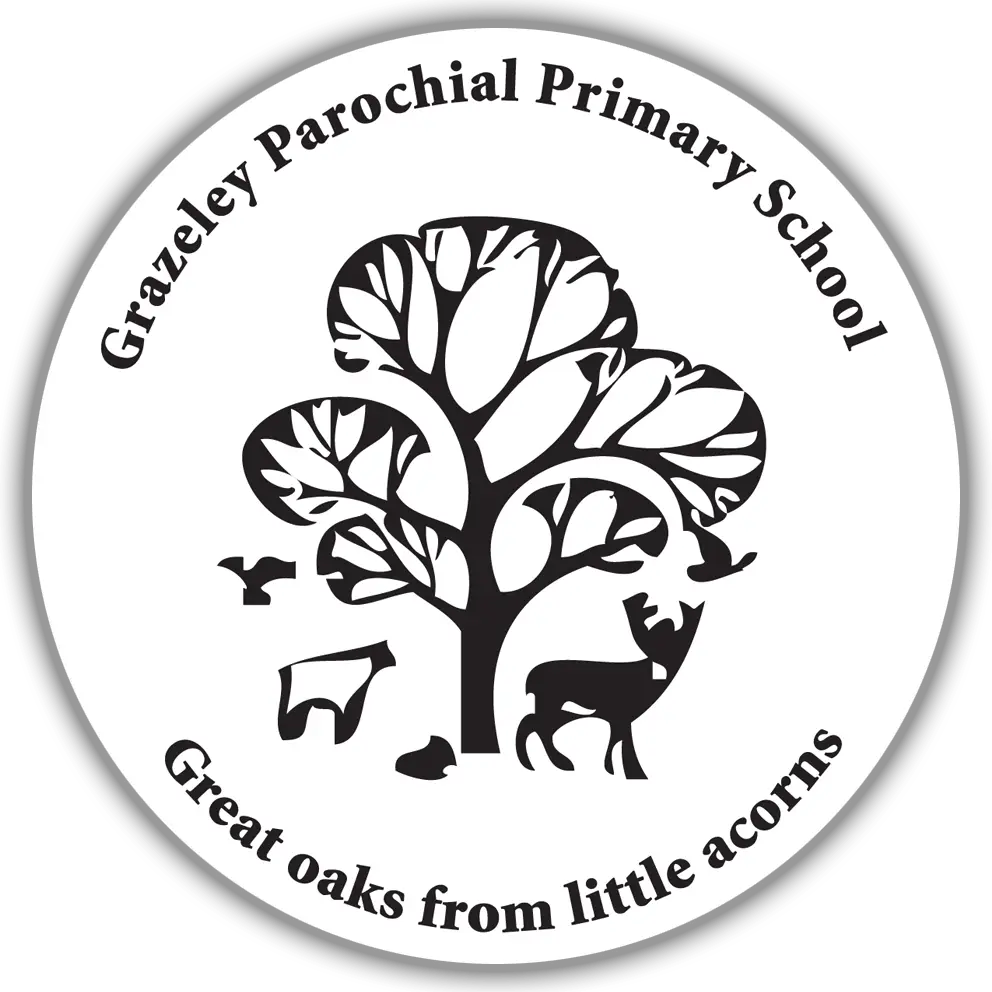- 0118 9883340
- [email protected]
Art
Art provides children with opportunities to develop a range of ways in which they can share and express their individual creativity, whilst learning about and making links with a wide spectrum of different types of art, artists, craft makers, designers and architects throughout history and across a diverse range of cultures, race and gender.
Art
National Curriculum Purpose of Study
Art, craft and design embody some of the highest forms of human creativity. A high-quality art and design education should engage, inspire and challenge pupils, equipping them with the knowledge and skills to experiment, invent and create their own works of art, craft and design. As pupils progress, they should be able to think critically and develop a more rigorous understanding of art and design. Pupils should also know how art and design both reflect and shape our history, and contribute to the culture, creativity and wealth of our nation.
Whole School Definition of Art
Art is the expression or application of human creative skill and imagination, typically in a visual form enabling self-expression.
‘Creativity takes courage.’
Henri Matisse
‘The object of art is to give life a shape.’
William Shakespeare
How Art is Taught at Grazeley
At Grazeley Primary School, we strive to give pupils many meaningful opportunities for self-expression and to give them the space to learn who they are as an artist by exploring different mediums. We aim to ignite children’s love for art by equipping them with the skills, tools & techniques to express themselves through drawing, painting, sculpture, printing, collage, photography and textiles. The curriculum is designed to enable children to make connections between the work of artists, architects and designersand understand the historical and cultural development of their art forms, as well as provide extensive opportunity for children to develop their analytical thinking by evaluating, reflecting and talking about art.
Our art curriculum is based on the National Curriculum.
The Reception curriculum provides pupils with opportunities to safely explore and experiment with an increasing range of media, tools and techniques and experiment with colour design, form, function and share and talk about their creations.
The national curriculum for art and design aims to ensure that all pupils:
- produce creative work, exploring their ideas and recording their experiences
- become proficient in drawing, painting, sculpture and other art, craft and design techniques
- evaluate and analyse creative works using the language of art, craft and design
- know about great artists, craft makers and designers, and understand the historical and cultural development of their art forms.
Substantive knowledge
Disciplinary knowledge (being an artist)
Identify and use paints in the primary and secondary colours
Represent the human face, using drawing, painting or sculpture, from observation, imagination or memory with some attention to facial features
Cornerstones Curriculum
Our curriculum is based on the Cornerstones Maestro curriculum. The art and design projects are well sequenced to provide a coherent subject scheme that develops children’s skills and knowledge of visual elements, art forms, artists and art movements. Projects are placed alongside other subject projects where there are opportunities for making meaningful connections. Seasons are also a consideration for the placement of art and design projects.
In Key Stage 1, each autumn term begins with the colour project Mix It. The teaching of this project in Years 1 and 2 enables children to be introduced to and then revisit colour theory and provides plentiful opportunities for children to explore primary and secondary colours. Year 1 begins by exploring themes directly related to the children themselves, such as their facial features, the surrounding natural world and their local community. In Year 2, the projects expand children’s artistic horizons to study a more comprehensive range of artists, artistic movements and creative techniques.
In Lower Key Stage 2, each autumn term begins with the colour project Contrast and Complement. In Years 3 and 4, the teaching of this project enables children to build on their previous understanding of colour and further develop their expertise by studying theory. In Year 3, children expand their experiences to study a broader range of art forms, artists and genres. They also begin to study art from specific and diverse periods of history. Genres studied in Year 3 build on previous techniques learned in Key Stage 1 and include more complex techniques in printmaking, drawing, painting and textiles. In Year 4, children develop more specialised techniques in drawing, painting, printmaking and sculpture. They explore ways in which ancient cultures have influenced art and crafts.
In Upper Key Stage 2, each autumn term begins with the colour project Tints, Tones and Shades. Teaching these projects in Years 5 and 6 enables children to build on their previous understanding of colour theory and develop further expertise with colour by studying tonal variations and more complex colour charts. In Year 5, children develop and combine more complex artistic techniques in a range of genres, including drawing, painting, printmaking and sculpture. Children continue to build on their understanding of other historical periods and cultures. In Year 6, children are encouraged to work more independently in projects which require them to consider more conceptual representations of personal, environmental, social or political messaging and diversity in art.
Whole School Overview
Learning Journey
Memorable experiences are planned in when they clearly support the learning. Each unit ends with an innovate task which is an opportunity to put learning into context and for an audience.
Feedback and Assessment
We use ‘proof of progress’ questions in each lesson to determine progress made.
Every project includes ‘Compare and contrast’ aspects that give pupils the opportunity to compare, discuss and evaluate different artwork and artists. The ‘Evaluate’ aspects of each project encourage, promote and support self and peer assessment, progressively teaching pupils how to make suggestions about how to adapt or improve artwork, using increasingly sophisticated language of art, craft and design.
